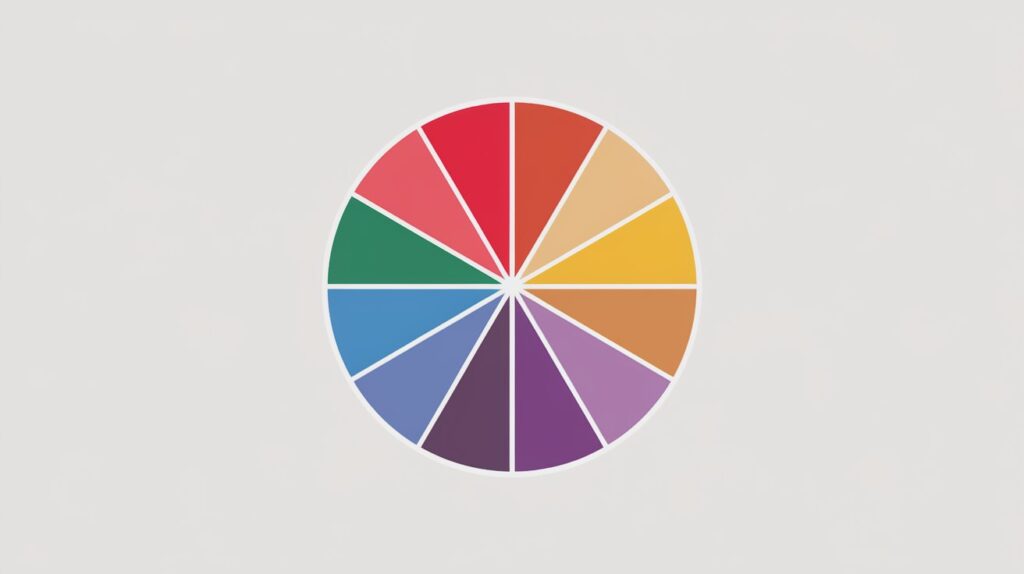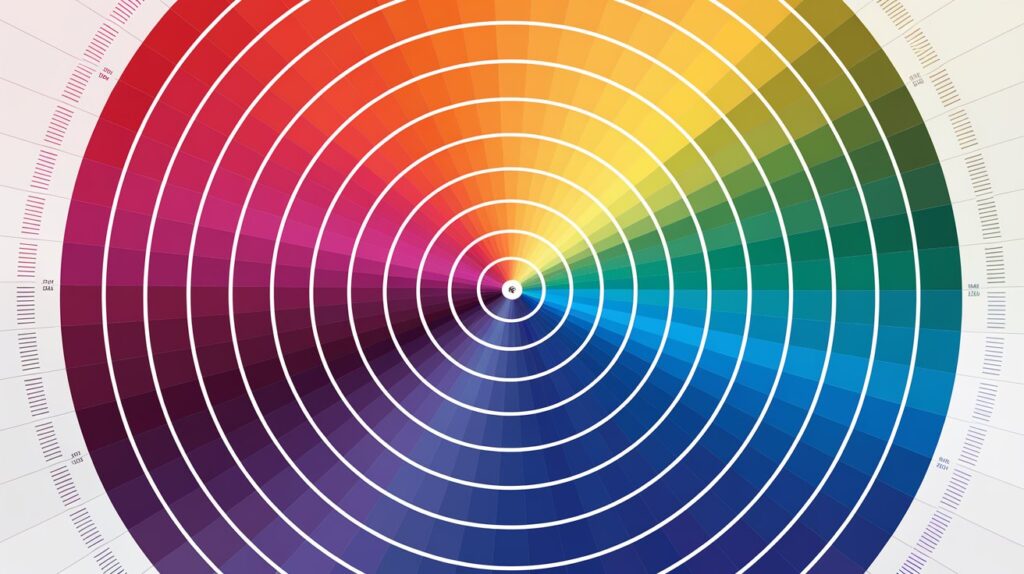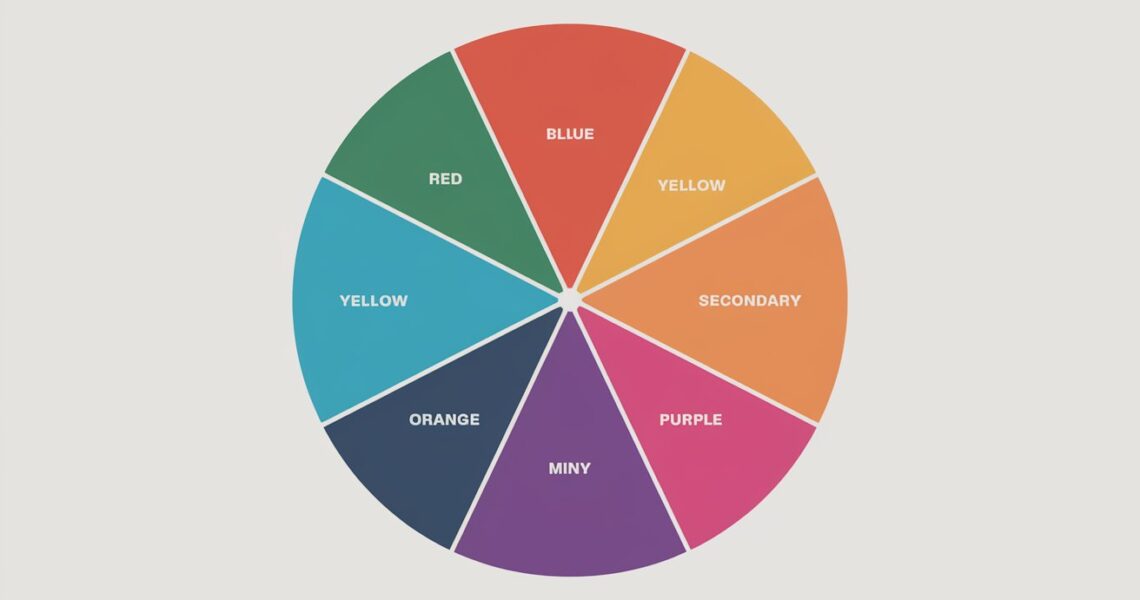Understanding the Complementary:_bac0wkqsj4= Color Wheel
November 16, 2024Color plays an essential role in art, design, and daily life. One of the most effective tools for mastering color combinations is the complementary:_bac0wkqsj4= color wheel. This unique version of the traditional color wheel simplifies identifying and pairing complementary colors. It not only enhances aesthetic harmony but also opens doors to creative innovation.
What Is the Complementary:_bac0wkqsj4= Color Wheel?
The complementary:_bac0wkqsj4= color wheel is a systematic tool designed to visualize relationships between colors. Unlike basic color wheels, this tool emphasizes complementary color pairs—two colors situated opposite each other. These pairs create vibrant contrasts that enhance visual appeal and balance in designs.
Whether used in interior decoration, branding, or fashion, this specific color wheel simplifies choosing impactful color combinations for your projects.
Why Complementary Colors Work
Complementary colors sit directly across from each other on the color wheel. Examples include blue and orange, red and green, or yellow and purple. When combined, these colors produce a striking contrast that highlights each hue’s intensity.
This sharp contrast makes complementary colors excellent for:
- Creating Focus: They naturally draw attention to specific areas in visual compositions.
- Adding Depth: Their high contrast makes designs appear more dynamic.
- Improving Readability: Designers often pair complementary colors for text and background to maximize legibility.

Eco-Friendly Color Choices
The complementary:_bac0wkqsj4= color wheel also promotes sustainable design practices. Opting for eco-friendly shades like earthy greens, oceanic blues, or muted browns minimizes environmental impact. Such choices align aesthetics with responsible design.
By utilizing natural dyes, low-impact pigments, or digital palettes, creators can reduce waste and support environmentally friendly practices.
How to Use the Complementary:_bac0wkqsj4= Color Wheel
Step 1: Identify Your Base Color
Select your primary color. For example, if you choose a deep blue, the wheel will show that its complementary color is orange.
Step 2: Test Color Combinations
Experiment with hues, tints, and shades to see how the colors interact. Try using a muted orange instead of a vibrant one to soften the contrast.
Step 3: Apply Strategically
Use complementary colors in moderation. For instance, an orange accent on a predominantly blue background creates a balanced yet attention-grabbing design.
Benefits for Artists and Designers
- Consistency: Ensures cohesive color schemes that elevate visual storytelling.
- Flexibility: Offers options for diverse industries like fashion, web design, and advertising.
- Accessibility: Simplifies the complex task of pairing colors for beginners and experts alike.
Common Mistakes to Avoid
- Overusing Contrasts: Too many complementary pairs in one space can overwhelm the viewer.
- Ignoring Context: Colors interact differently based on lighting, texture, and proximity. Always test your combinations in real-world settings.
- Disregarding Trends: While classic combinations remain timeless, adapting them to modern trends keeps your designs relevant.

Why Choose the Complementary:_bac0wkqsj4= Color Wheel?
This tool takes the guesswork out of finding complementary colors. It provides an intuitive way to experiment, ensuring that your creative process remains both efficient and enjoyable. Its versatility spans digital design, print media, and even sustainable projects.
Also Read: Exploring the Charm of Clip Art:4hqtdmscycy= Sun
Final Thoughts
The complementary:_bac0wkqsj4= color wheel is more than just a guide; it’s a gateway to mastering color harmony. By understanding and applying its principles, you can create designs that are visually stunning, eco-friendly, and deeply impactful. Whether you’re a seasoned professional or just starting, this tool offers the clarity and inspiration needed to bring your ideas to life.








[…] Also Read: Understanding the Complementary:_bac0wkqsj4= Color Wheel […]